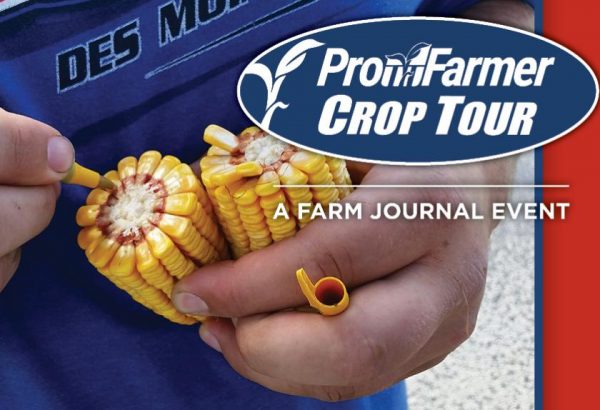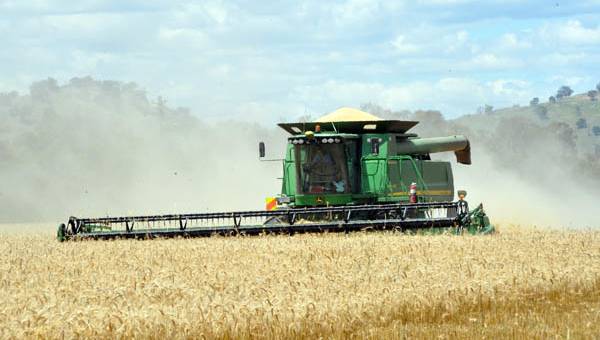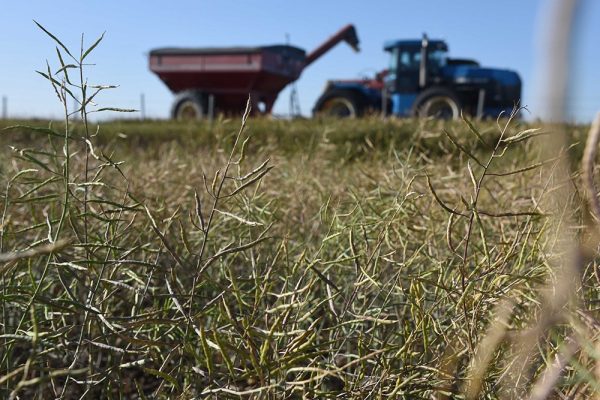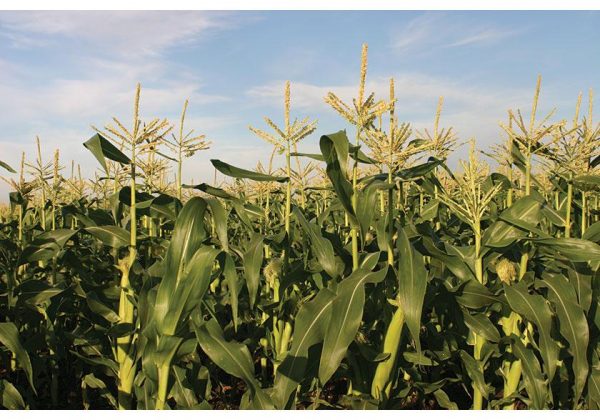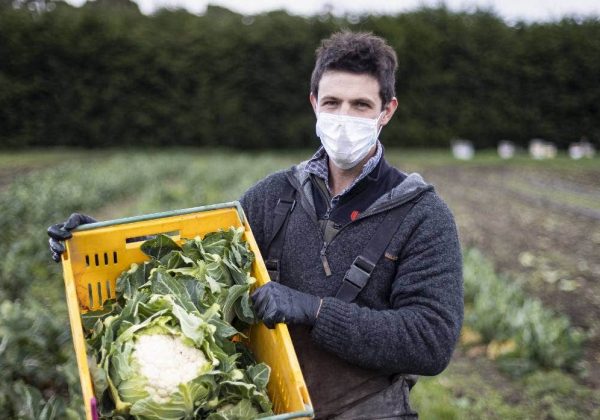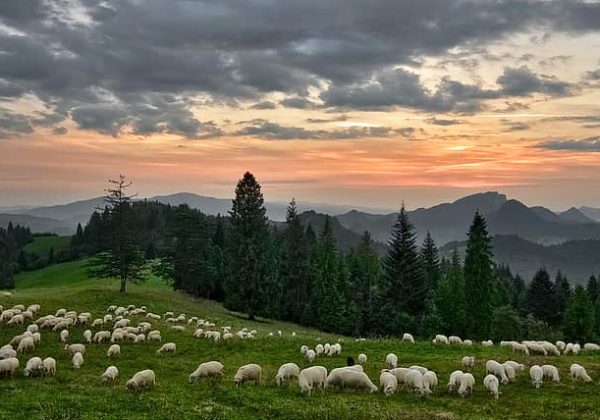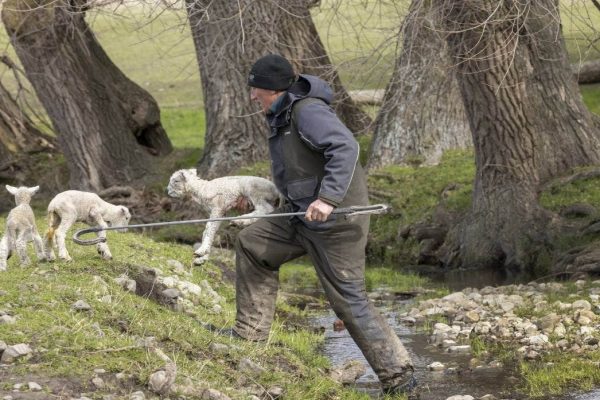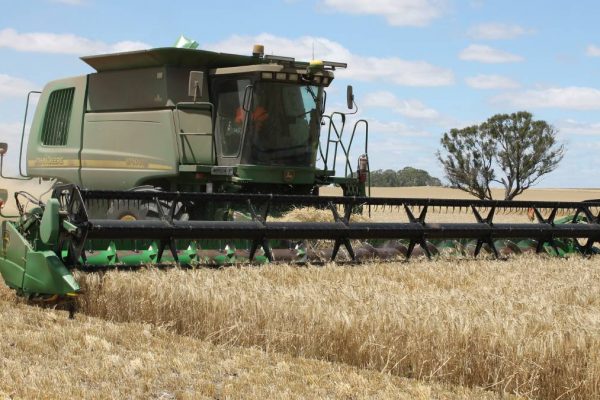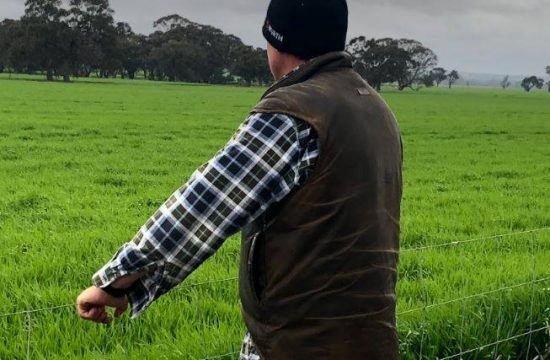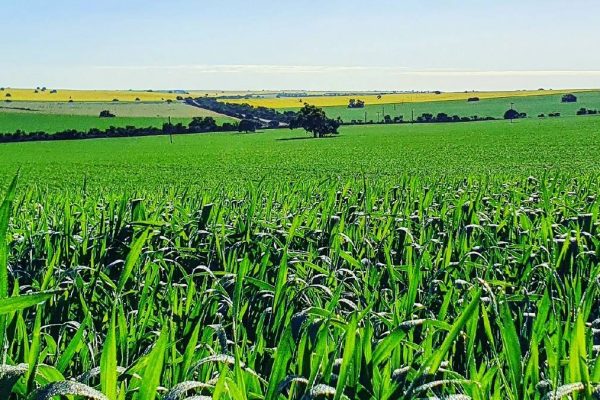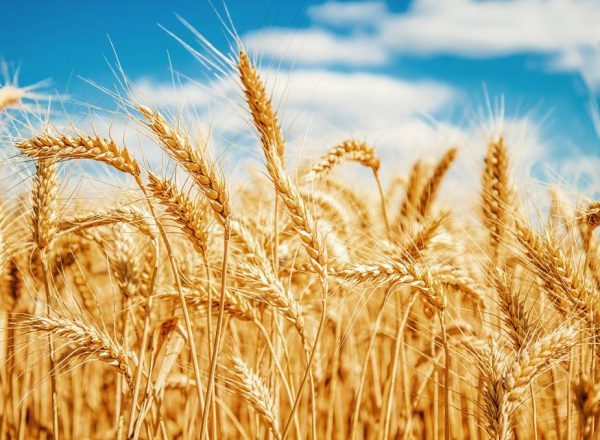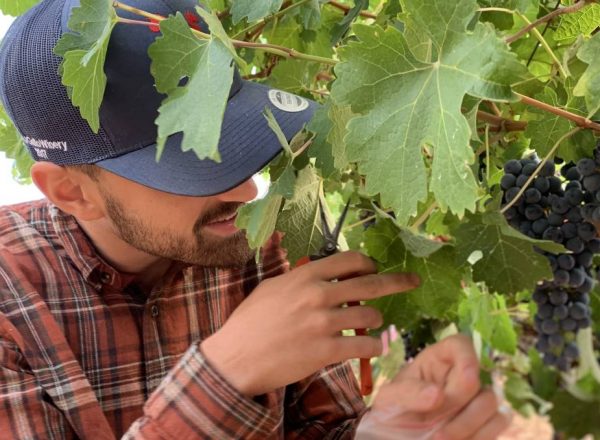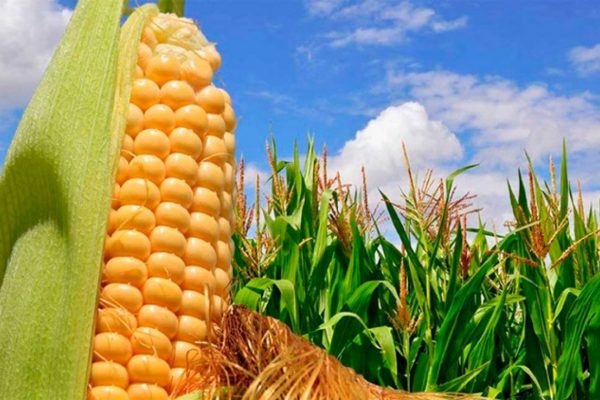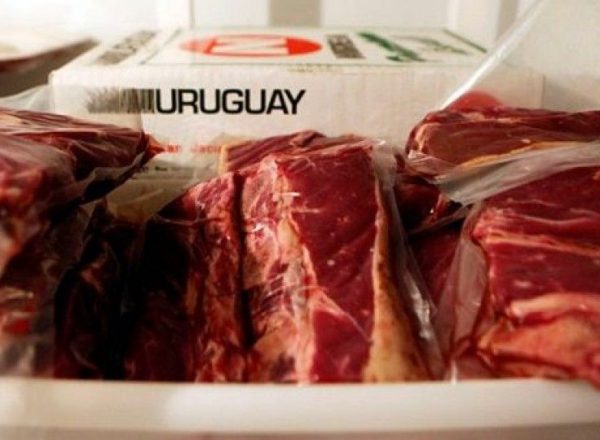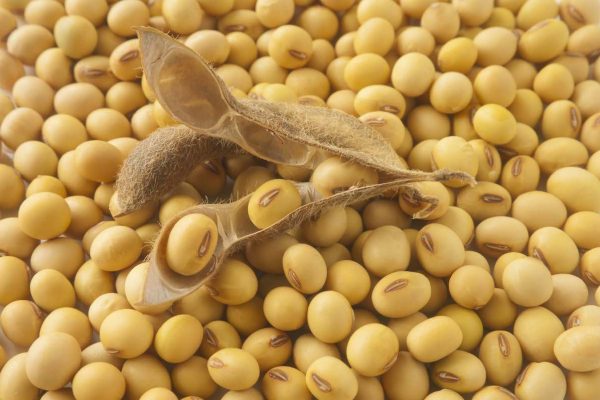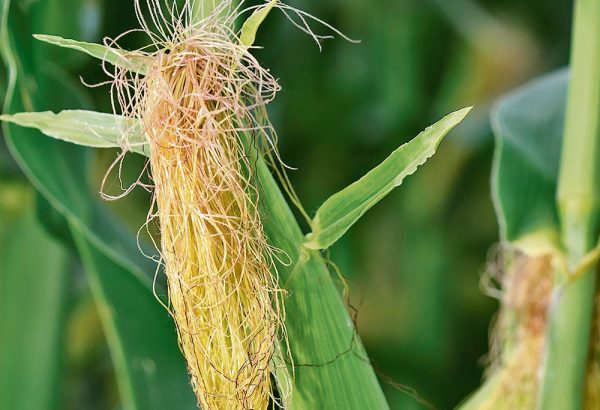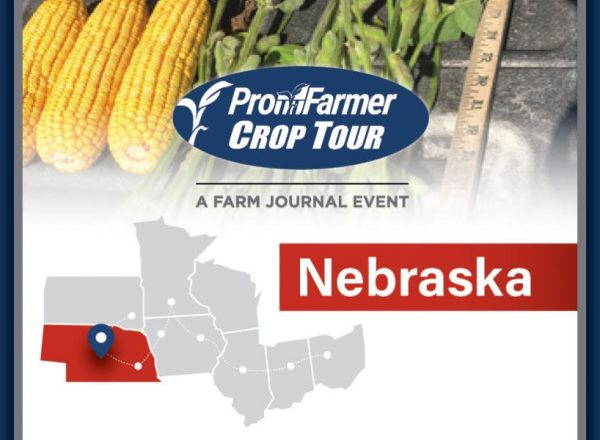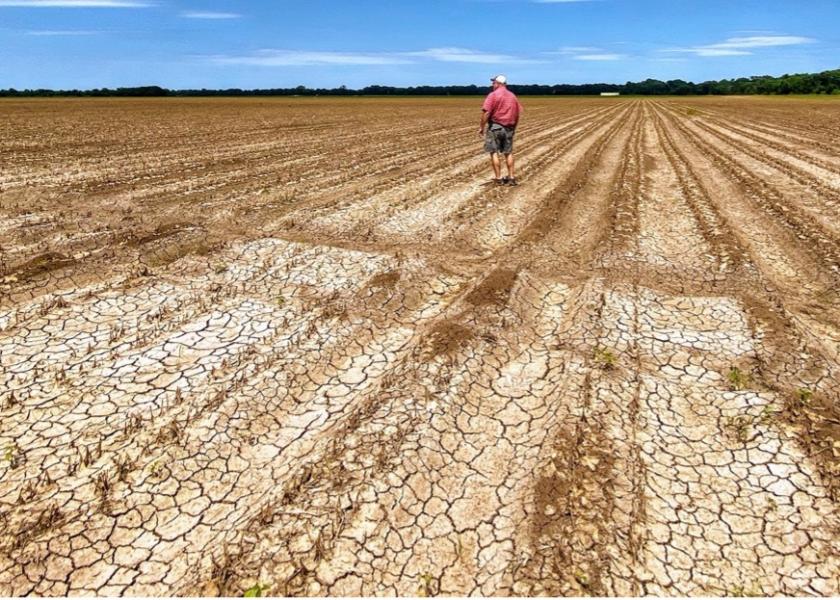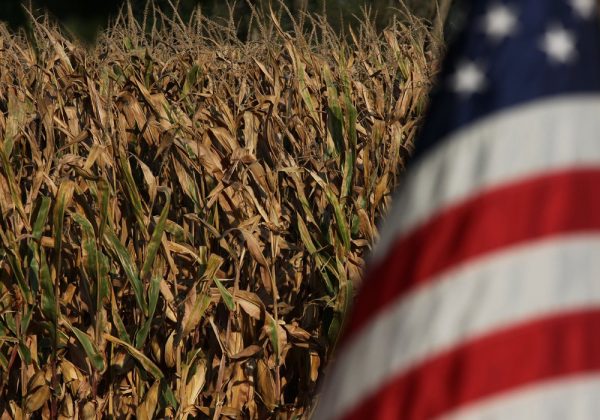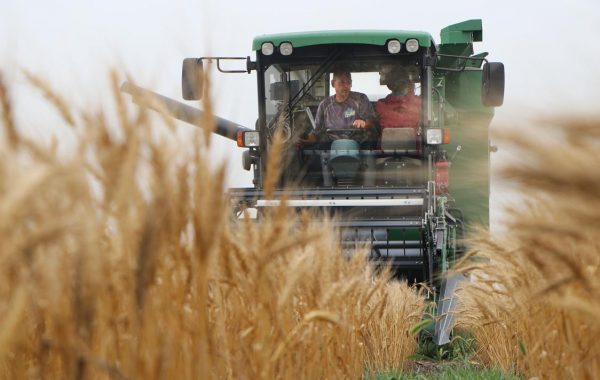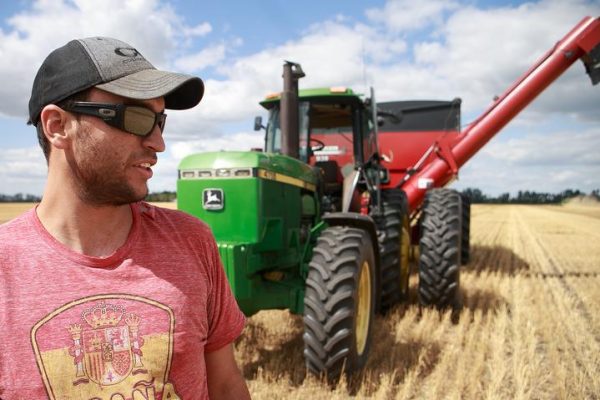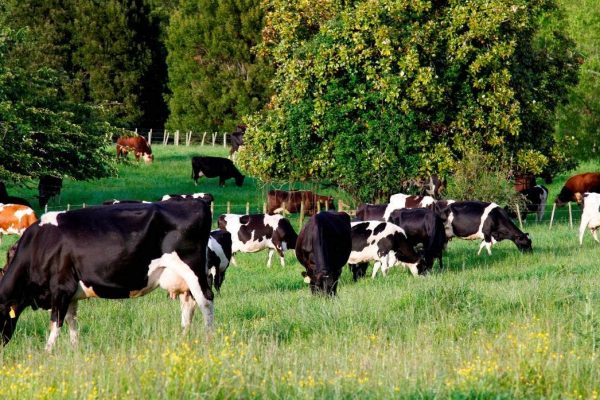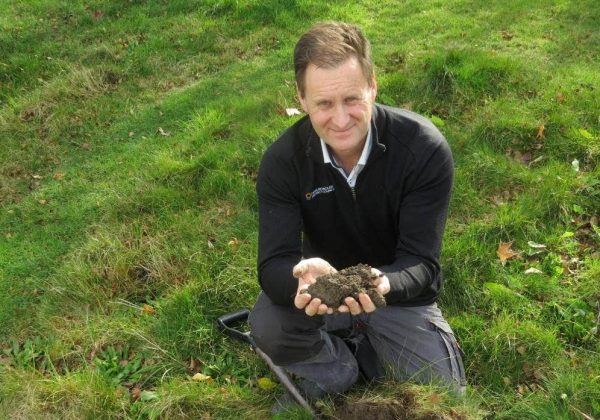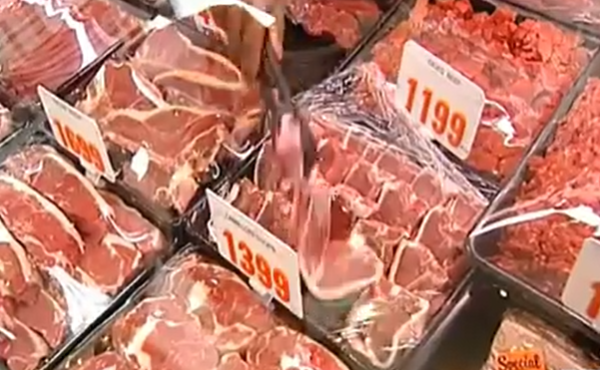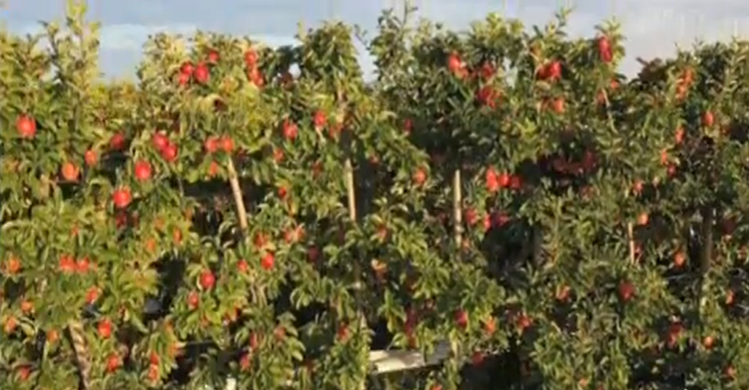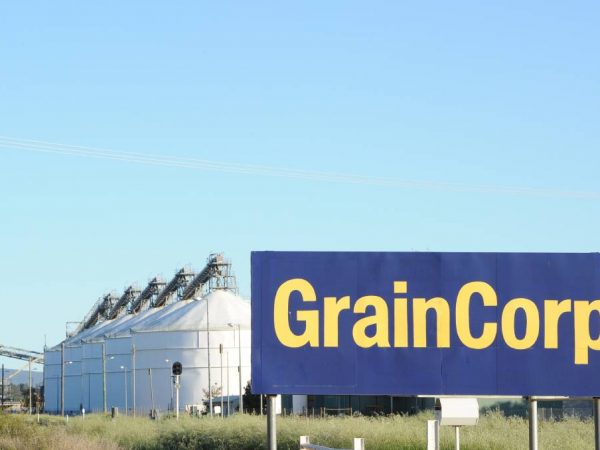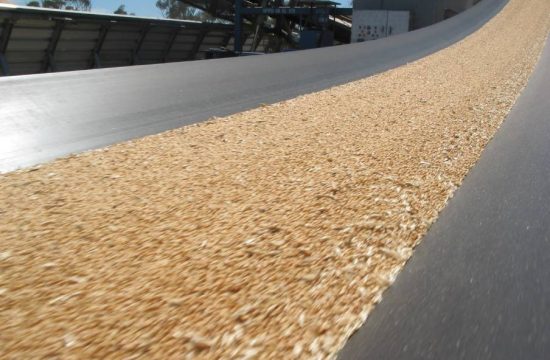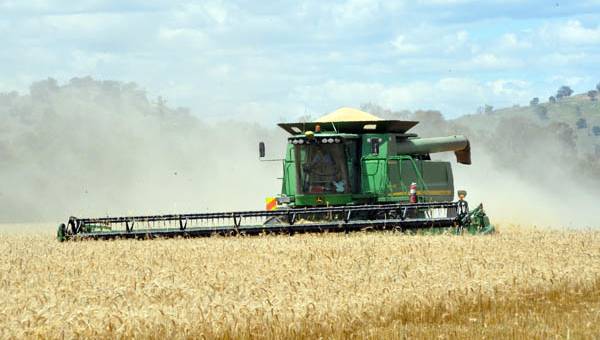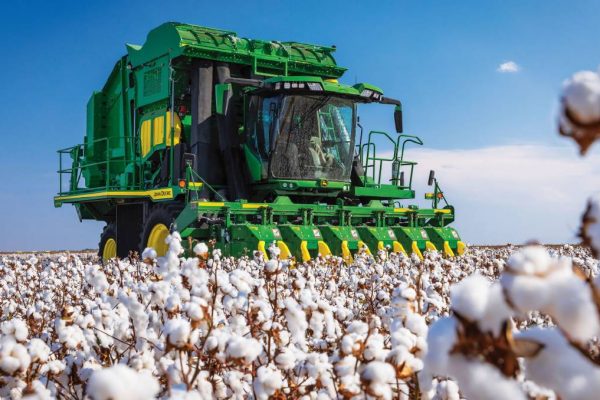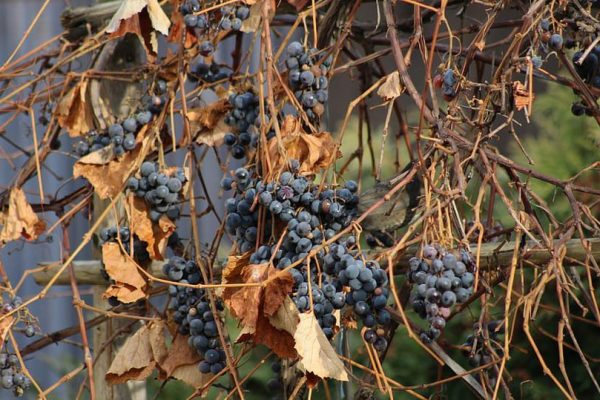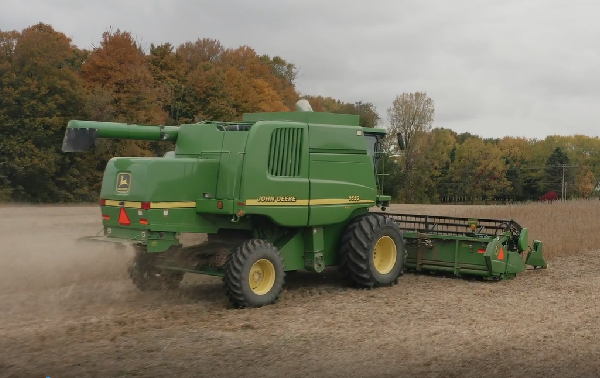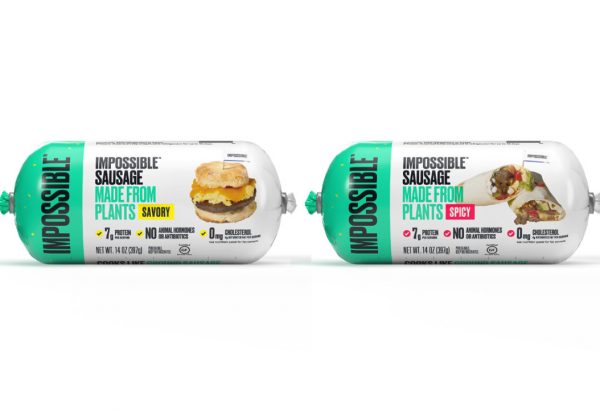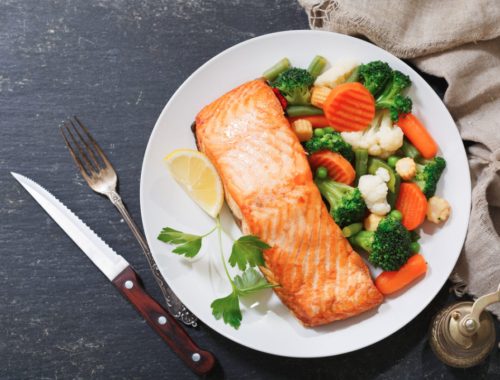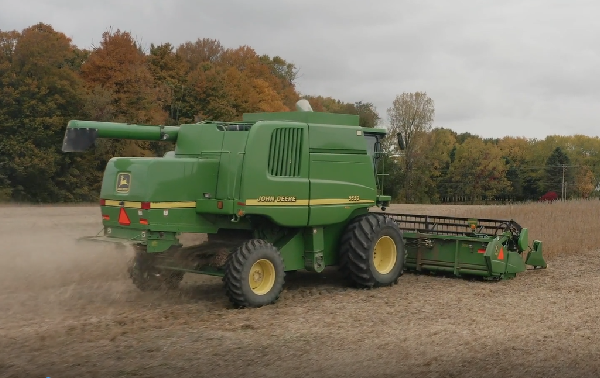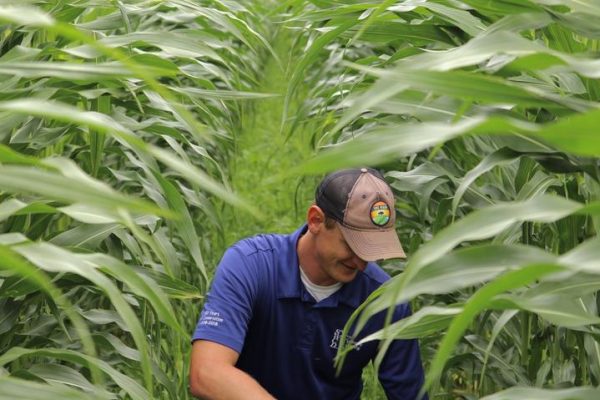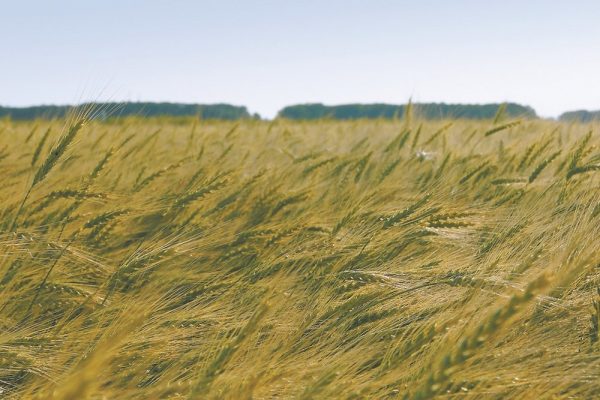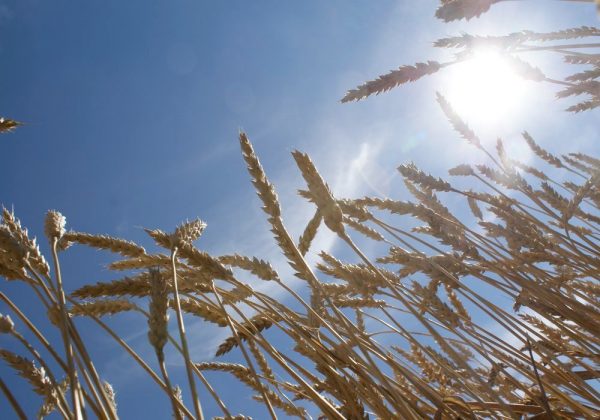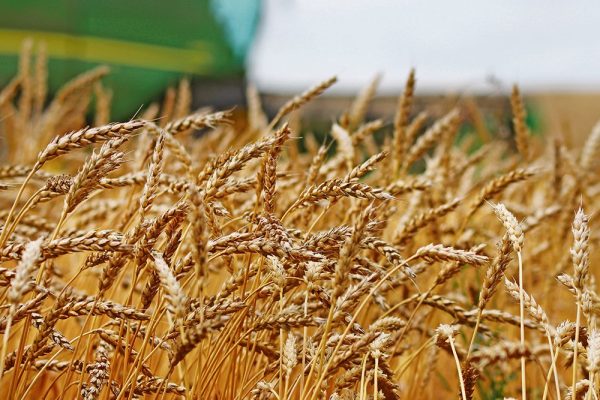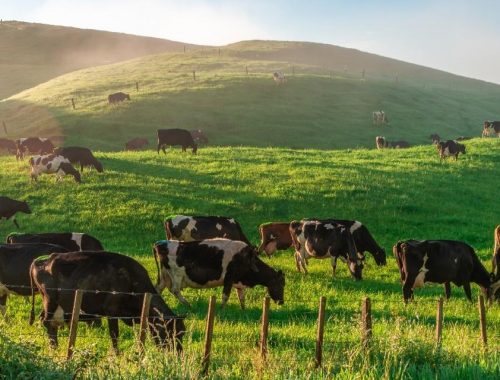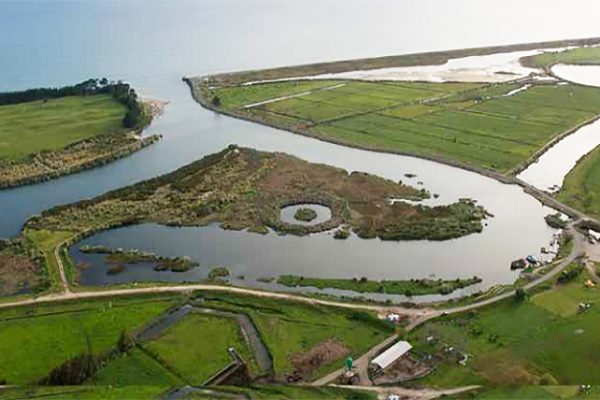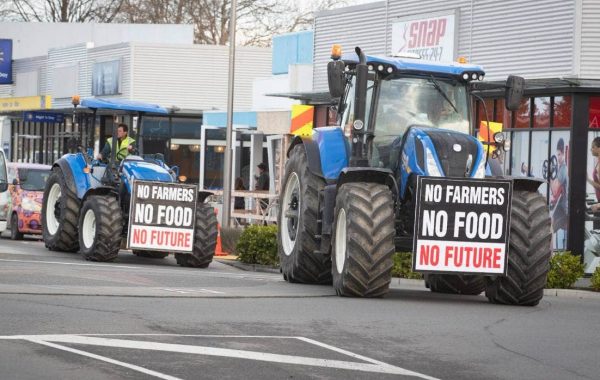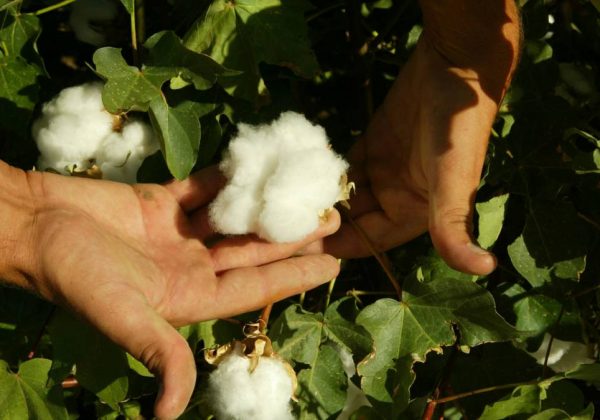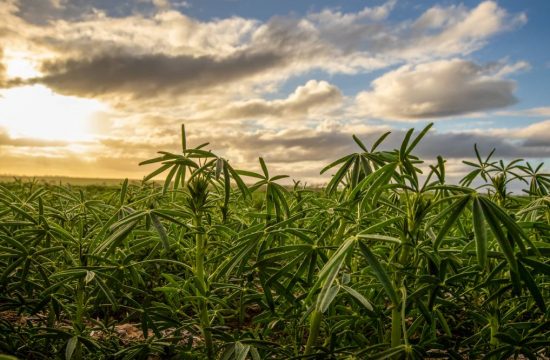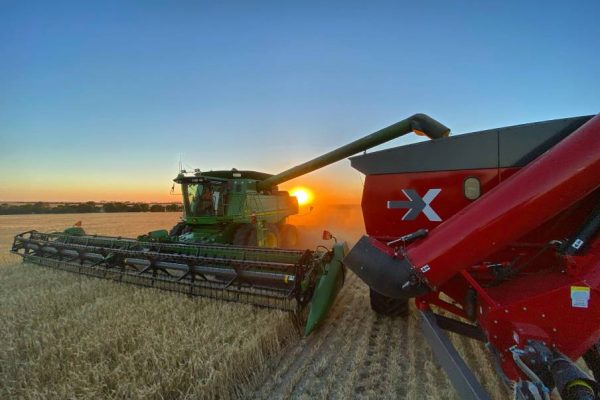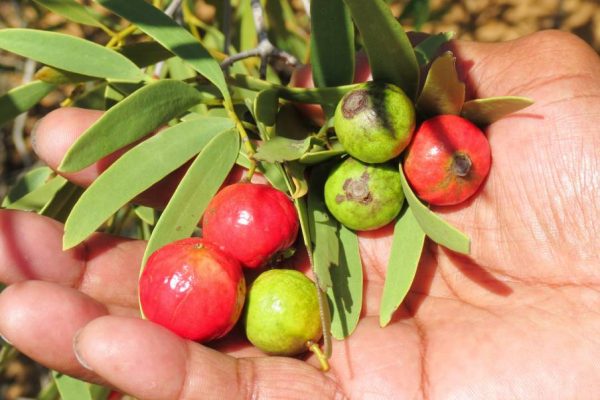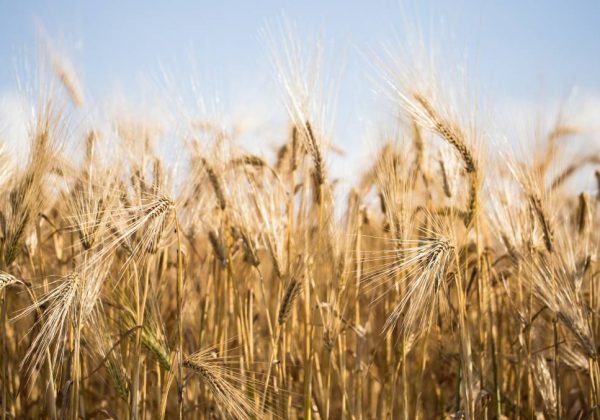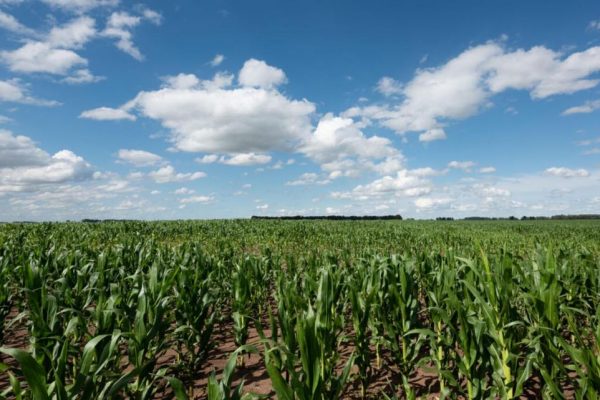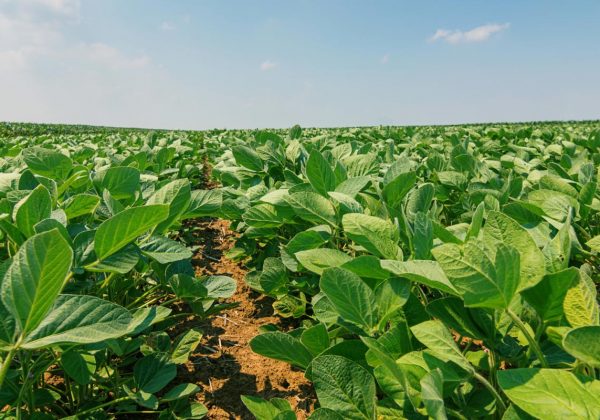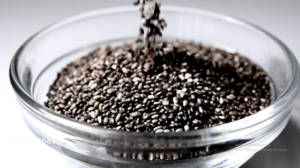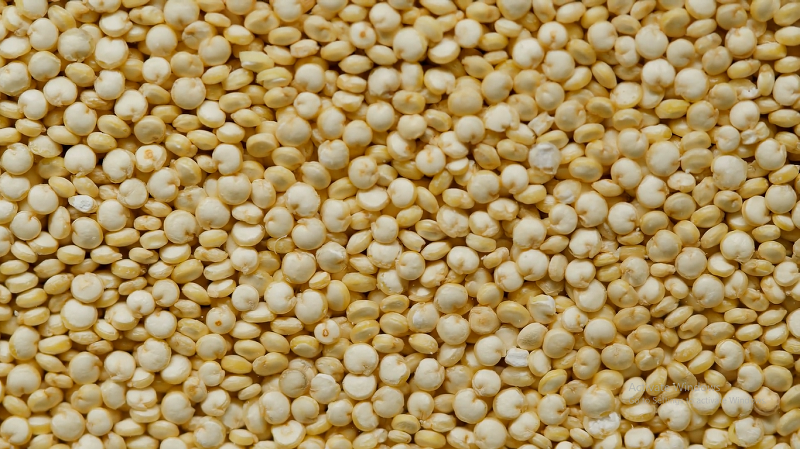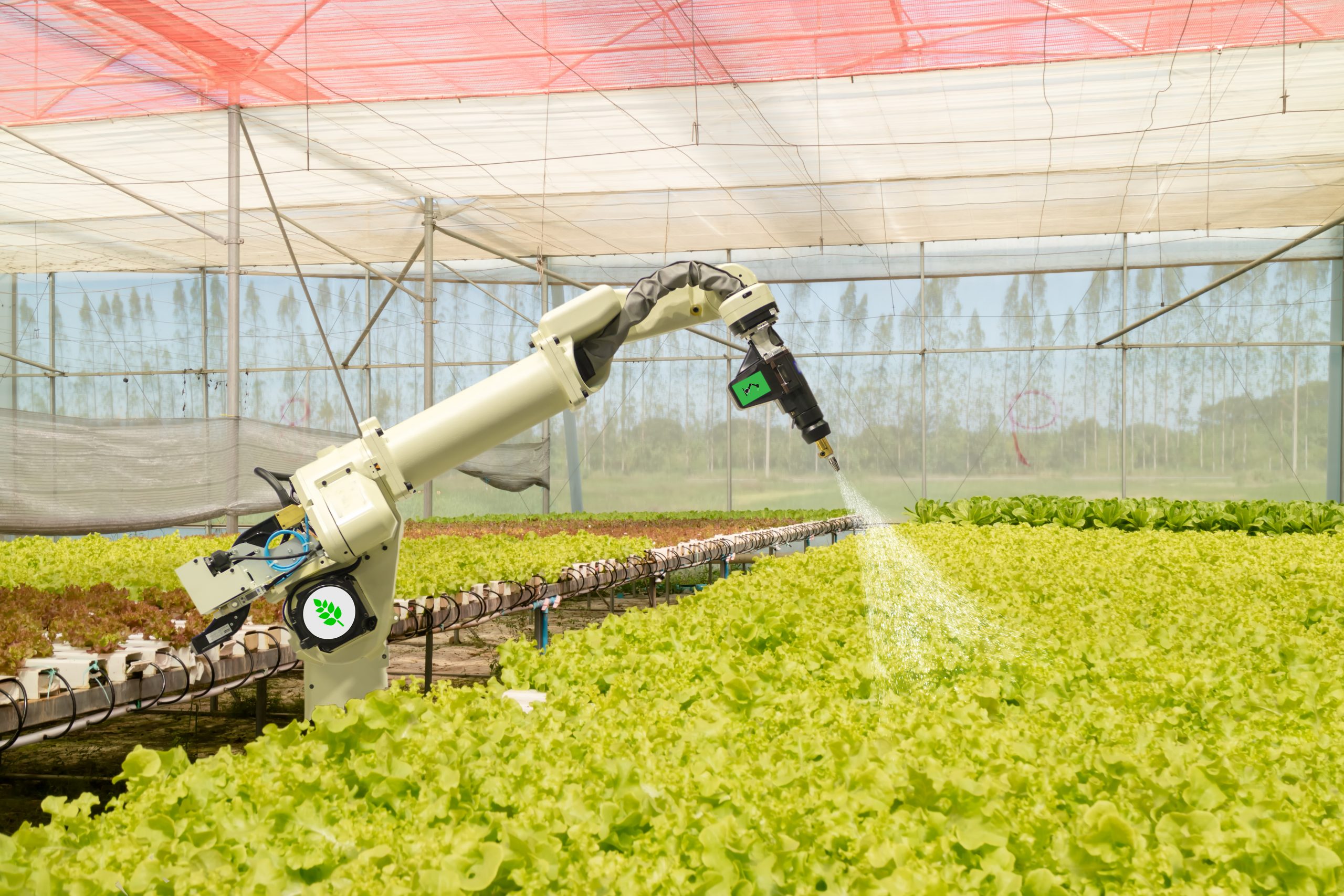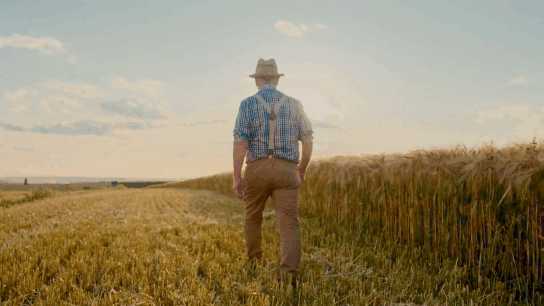USA and Canada
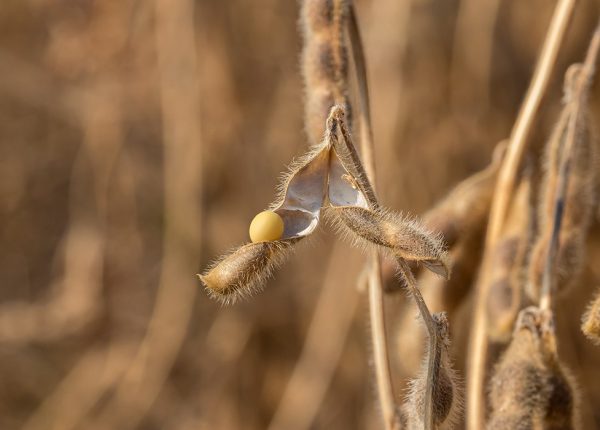
Drought takes bite out of Man. soybean yields
Manitoba soybean growers will likely see lower yields this year, but a price of $15 per bushel should compensate for below average yields.
Like all crops, the province’s soybeans suffered in June and July during weeks of 30 to 35 C heat and almost no rainfall.
Rain in the second week of August and a dump of rain around Aug. 20 should improve yields for many soybean growers, but the crop really needed rain in late July for producers to achieve yields of 40 bushels per acre or higher.
“Anything that caught rainfall, those showers in late July or early August, those stands are looking pretty good,” said Dennis Lange, pulse specialist with Manitoba Agriculture.
Read More…
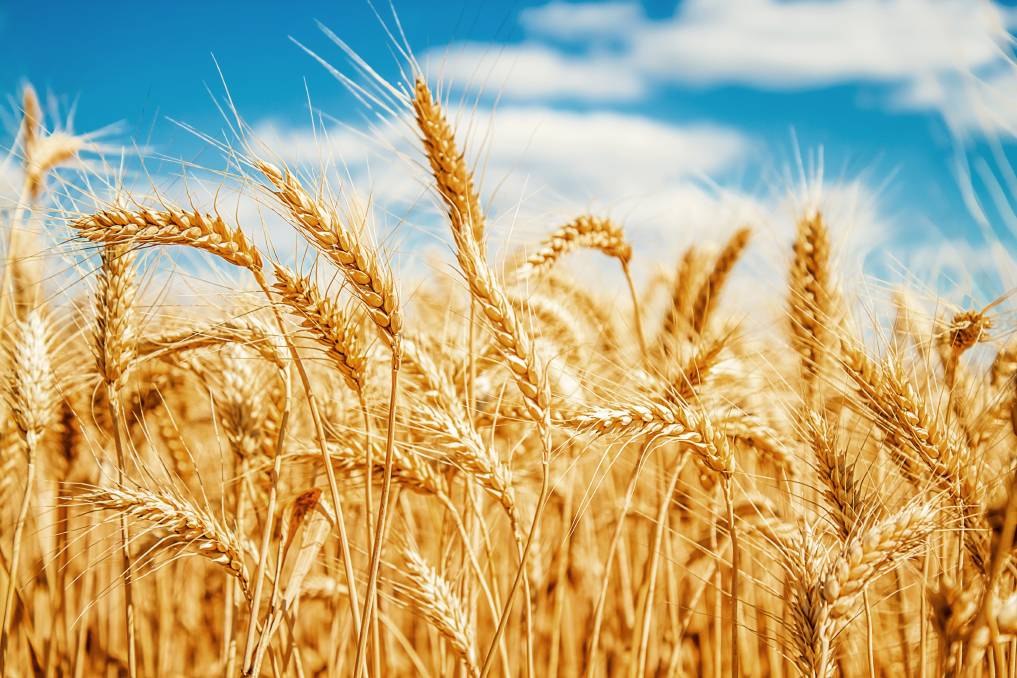
Drought Conditions To Reduce Canada’s Crop Production By 26%
Canada, the world’s biggest canola grower and a major wheat producer, forecasts a 26% drop in supplies of its main crops as drought conditions negatively impact output and existing inventories dwindle.
Grain and oilseed exports are expected to fall in the marketing year that started August 1 for most crops, and inventories will drop due to low supplies, Agriculture and Agri-Food Canada said in its latest monthly report. By the end of July, nearly three quarters (75%) of Canada’s agricultural area was abnormally dry or in a drought.
Erratic weather globally is helping push prices of staple crops including wheat to multiyear highs. The outlook for the sharp drop in Canadian supplies also comes with a forecast for the country’s grain prices to remain high at a time that food inflation is already being felt in consumers’ wallets.
Read More
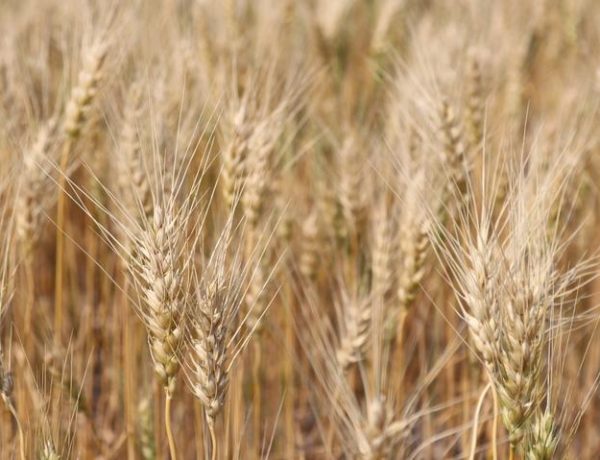
Some producers ‘pleasantly surprised’ by small grain yields
As some producers finish up their small grains harvest, many are pleasantly surprised with the yield that their acres put out this season, despite the drought.
However, according to Clair Keene, a North Dakota State University Extension agronomist and assistant professor, a “pleasant surprise” has a very different meaning depending on if a producer lives in eastern or western North Dakota.
For the western part of the state, the drought started rearing its ugly horns almost an entire year before it made its presence known in eastern North Dakota, so the two regions have stark differences in terms of “good” yields.
“In the east, they had the benefit of having more soil moisture than the west going into the winter. In some areas in the west, our drought started last summer,” Keene said. “It really started in June of 2020, whereas in the eastern part of the state their drought didn’t start until May or June of 2021.”
Read More…
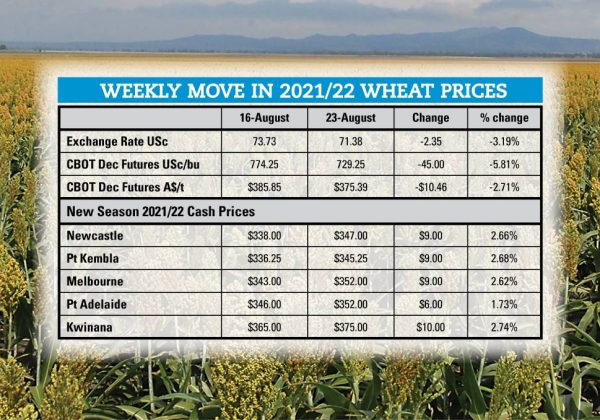
US corn price under pressure
In the wake of the August United States Department of Agriculture Report, wheat futures peaked in Australia on August 17, with a closing high of 775 US cents a bushel on the December contract, or in $A terms, a high of $A388.02 a tonne.
By the end of last week, December futures had shed 45.75 USc/bu (down 5.9 per cent), or $A12.62/t (down 3.25pc).
A major driver of the price declines has been a “risk off” attitude across most commodity markets in response to concerns about the latest global wave of COVID-19 cases. In the mix is a decline in crude oil, which has flowed through to biofuel feedstocks like soybeans (soyoil actually), canola and corn.
With last week’s surge in wheat prices, wheat’s premium over corn reached historic highs. As a result market commentators are expecting the corn market to hold more influence over wheat prices as we move forward.
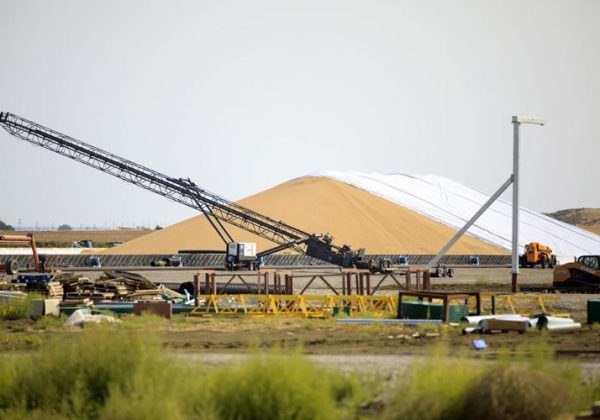
Drought, hoppers put Montana wheat farmers on the ropes
Extreme drought and grasshoppers have taken a toll on Montana grains with harvest down by as much as half from a year ago.
The state, which normally ranks third in the nation for wheat production, has suffered steep declines in yield as nearly 99% of Montana is in severe to exceptional drought in the final weeks of harvest.
“Yield-wise, it will be our worse year since 1988,” said Cassidy Marn, Montana Wheat and Barley Committee executive vice president, referencing a year that’s been repeatedly uttered by Montana producers.
History remembers the 1988 drought as the year fire burned through 793,880 acres of Yellowstone National Park, but it was also a brutal year for Montana’s dryland farmers.
Read more…
New Zealand
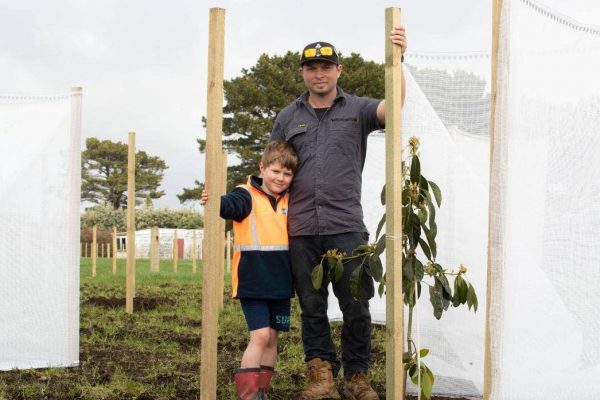
Avocados being planted by the thousands in Taranaki
Dairy-dominated Taranaki may soon become recognised for its avocados, with thousands of trees being planted around the region.
Around 6000 avocado trees will go into the ground this year, with another 10,000 in 2022, economic development agency Venture Taranaki said.
Avocados are a significant export industry for New Zealand, fourth behind kiwifruit, apples, and grapes for wine, and Venture Taranaki hopes the fruit could help the region’s economy to diversify.
Earlier this year, Venture Taranaki invited avocado industry representatives to New Plymouth to discuss opportunities with local landowners.
Read More here…
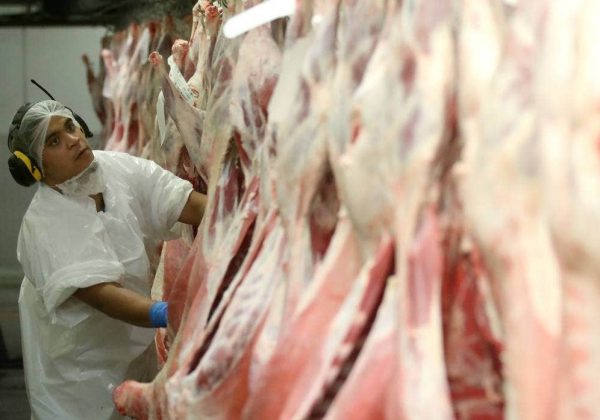
Demand for NZ beef set to remain strong amid global disruption
Prices for New Zealand beef remain strong in exports markets despite the turbulence in the global beef trade, with producers in a good position ahead of spring, a new report says.
Restrictions on beef exports from Argentina and ongoing disruption from Covid-19 were creating turbulent conditions in the global beef trade but farm gate prices for New Zealand beef had remained elevated over the last three months, RaboResearch analyst Genevieve Steven said.
Rabobank’s quarterly report on the global beef trade showed this was due to demand from China, as well as lower export volumes from Australia.
“Pricing across both islands is tracking well ahead of last year and currently sits 10 per cent above the five-year average,” Steven said.
Read More here…
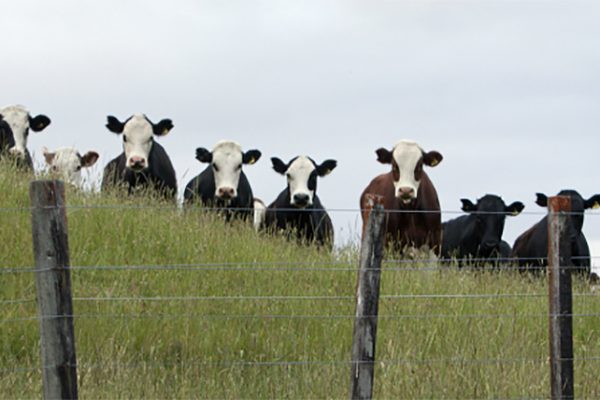
Farm Assurance Programme’s importance to future of farming
The NZ Farm Assurance Programme had its origins as an integral function of the Red Meat Profit Partnership which was established in 2014 under a joint funding model between the government under the Primary Growth Partnership and nine industry partners, including B+LNZ, six meat processors and two banks. The meat companies decided to abandon their own assurance schemes and pursue a standardised approach, although Alliance was initially reluctant.
Seven years down the track, RMPP ended its activities in March, as was always the intention, after developing its programmes to the point where they have reached maturity and, in the case of NZFAP, ownership has been transferred to an incorporated society representing the original stakeholders.
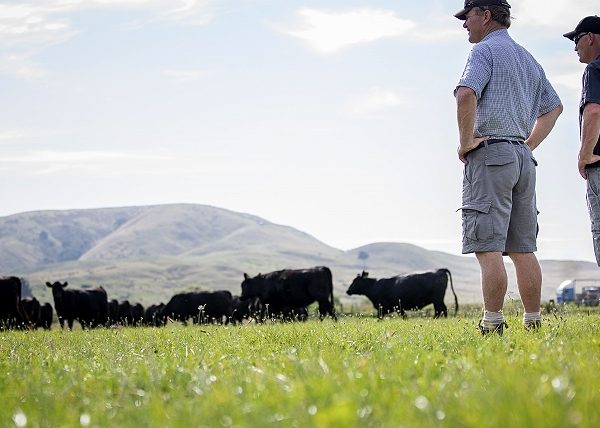
Future proofing farming in climate changing world
The Red Meat Sector Conference, held in Rotorua at the end of July, was a combination of celebrations, opportunities and challenges. It was the first such conference since pre-Covid days and, although some of the themes of 2019 received more emphasis like the importance of China and telling a compelling story to engage with today’s consumers, others had emerged from further back in the queue. The Conference theme was Looking to the Future.
Issues that have risen to the top of the pile since then are regulation, becoming carbon neutral or positive, food sustainability, the opportunity to capture the regenerative space, and the importance of developing performance measures to substantiate claims in all these areas. Another area of note was more about operations than aspirations: celebration of the way the meat industry adjusted to the challenges of production, processing and global marketing and distribution during lockdown; but after that success has come the persistent difficulty of meeting delivery programmes because of disruption to shipping schedules and access to containers.
Read more here…

Different season, different experience: this L4 lockdown reprise will be different on the farm says Guy Trafford. And there are updated minimum and trigger prices for the next round of NZ Units to be auctioned in September
The current nation-wide lockdown has yet again cast a pall over the country. From a livestock farming perspective however the lockdown should not have the same impact as the last level 4 one had.
From a straight farming perspective, this time we are going into spring. This means increasing grass and warmer temperatures. Quite the reverse of the March-May lockdown we all experienced last year and so while sale yards are likely to remain closed for the duration most farms should be in a far better position to ride it out.
There also is a lot less uncertainty around markets.
Read More here…
Australia
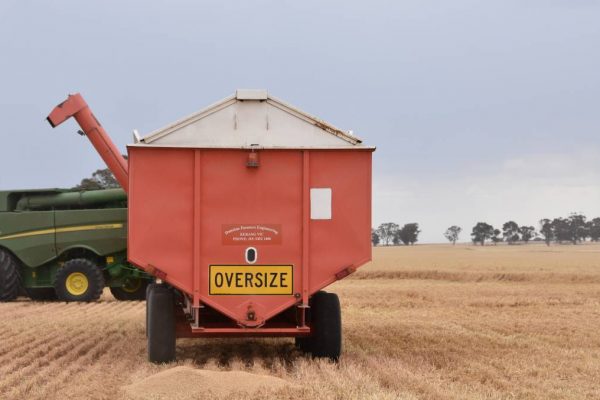
Wheat price run continues in spite of corn dropping
AUSTRALIAN wheat prices held onto most of last week’s hefty gains in spite of global news that knocked the gloss off values in other grain sectors.
Slightly improving conditions in parts of the US Midwest, combined with unease over a reported short-term change in the US government’s biofuel mandate conspired to lower corn prices, while oilseed values have been dragged down by better conditions for soybeans.
However wheat, with unease about the Russian crop a key factor, was not subject to the same falls and Australian forward contracts remain at around $330-350/t delivered port.
High protein wheat producers are also sitting pretty, with good premiums on traditional high protein wheat exchanges such as Kansas City and Minneapolis in place.
Read more here…
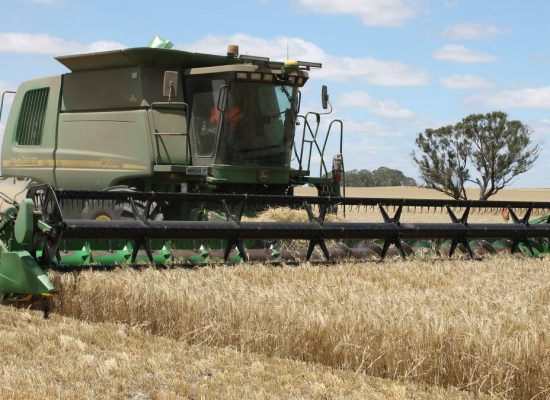
Grain farmers ready for big winter crop harvest
Queensland grain farmers are making final preparations for a looming massive winter crop grain harvest.
Larger plantings and above average winter rainfall have southern Queensland growers eyeing off a record large wheat harvest.
Farmers say they are anticipating record high yields on the back of the idyllic crop conditions.
Pre-harvest expectations are that wheat yields of 3 to 4 tonnes will be the norm across the western Darling Downs and south western Queensland.
Some are already saying the upcoming Queensland wheat harvest will top the record large harvest of 2 million tonnes set back in 2008-09.
Other states including NSW and WA are also preparing for huge harvests.
Read more here…
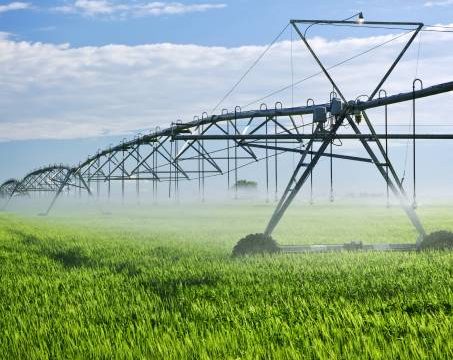
Irrigators lobby for ag energy concerns to be addressed
THE NATIONAL Irrigators’ Council continues to lobby hard to ensure energy market is not distorted against big agricultural energy users.
The NIC welcomed this week’s release of the Energy Security Board’s final advice to relevant energy ministers on how a post-2025 market design for the National Energy Market could look.
NIC chief executive Isaac Jeffrey said it was critical agriculture was heard in the energy debate and that large agricultural users were recognised as large commercial and industrial users which would keep energy prices for the sector
more competitive.
“As the energy market undergoes transition, agriculture food and fibre producers need to be assured that rural industries will not be unfairly disadvantaged with high energy costs that make their businesses unsustainable,” Mr Jeffrey said.
Read more here

New Queensland phosphate mine to boost local fert options
A NEW phosphate rock mine in north-west Queensland will provide a valuable new source of phosphorus-based fertilisers for Australian farmers.
Centrex Metals’ Ardmore mine is south of Mt Isa and will be capable of producing 800,000 tonnes of phosphate rock each year, which will translate into around 600,000 tonnes of phosphate-based fertiliser.
The phosphate being extracted has a high percentage of P and is low in cadmium, which is an issue with some imported products.
At this stage, Centrex has said the mine will have a minimum 10-year life span.
Wes Lefroy, Rabobank agricultural analyst said Australian farmers use just short of 2 million tonnes of P-based fertilisers per annum, mostly in the form of MAP, DAP and single super.
Read more here …

Farming Simulator 22 gets machine models before real world releases
IN a true showing of the “gamification” of agriculture, the digital version of a major machinery brand’s latest gear will be available to play in a video game before it arrives in a real life paddock.
In the lead-up to the release of Farming Simulator 22, game developer Giants Software has received requests from big-name brands to get their machines in before customers even step into their actual cabs.
One example is the Claas Trion (and its three models) combine harvester which will be showcased and available in-game when the game launches later this year.
The Claas Trion 750 Terra Trac is the brand new top model in the company’s compact combine harvester class.
Read more here…
South America
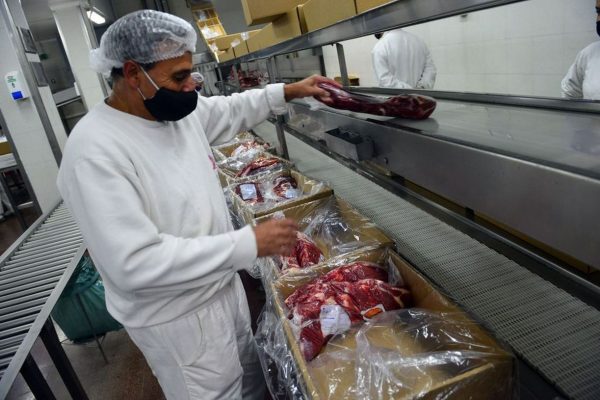
Uruguayan meat exports surpass Argentina’s thanks to restrictions
Restrictions on meat exports imposed on producers by the Argentine administration of President Alberto Fernández, in a failed attempt to curb domestic prices, have led the country to lose ground to Uruguayan and Paraguayan competitors, Infobae reported Wednesday.
In fact, Uruguay has once again surpassed Argentina, as it happened in April 2018, while according to commercial reports, Paraguay is also gaining ground in the market.
Fernández’s measures became opportunities for other countries that increased their sales abroad, such as Paraguay and especially Uruguay.
Read More here…
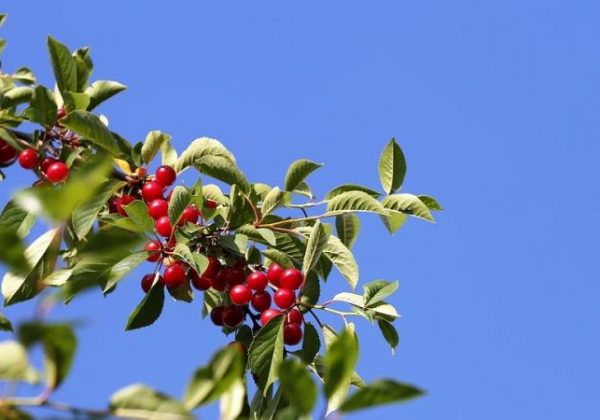
Record-Breaking 2021/22 Season Expected for Chilean Cherries
Owing to strong market demand from China, Chile’s cherry crop has been setting new historical records with each passing season and the upcoming marketing year 2021/22 (from November to October) appears likely to be no exception.
According to a recent report by the U.S. Department of Agriculture’s Foreign Agricultural Service, the planted area for cherries in Chile is forecast to increase by 11.5% in MY 2021/22, reaching a total of 44,000 hectares. However, an increase in the planted area does not always translate to proportional growth in the production volume. In this regard, Chile is expected to produce approximately 395,000 metric tons of cherries in MY 2021/22, corresponding to a year-on-year increase of 2.9%. Adverse weather conditions such as a continuing drought and the risk of frost damage have motivated cherry producers to employ new crop management practices in terms of pruning trees and thinning flowers to afford superior fruit size and quality, albeit at the expense of lower yields per hectare.
Read More here
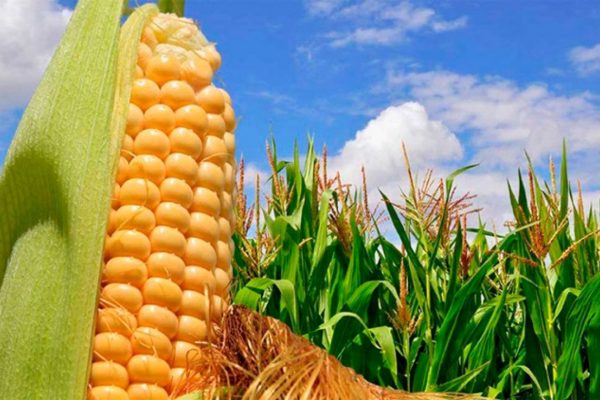
Lower tax, higher tech help corn displace soy as Argentina’s top crop
Argentine farmers are expected to sow more corn than ever this season while soybean planting falls to a 15-year low as the country’s export tax policy and lack of a regulatory framework for genetically modified beans spurs the shift.
Argentina surpassed drought-hit Brazil this season to become the world’s second-biggest corn exporter.
With the help of the huge soy-crushing plants that dot the banks of Argentina’s Parana River, the country is the top supplier of soymeal livestock feed used to fatten hogs and poultry from Europe to Southeast Asia.
Read more here
Food Updates

On the scent of the most beef-like plant-based burger
How do you recreate the smell of hamburgers? Scientists have taken an analytical approach to find out how plant-based alternatives can mimic the scent of a freshly grilled patty.
“During the last several years, increasing awareness of the impact of meat production on climate change, as well as meat shortages during the pandemic, have made people more accepting of plant-based alternatives,” says LiLi Zyzak, PhD, the project’s principal investigator.
Read more here…

A botanical-based approach to keeping meat safe and fresh
For the meat and poultry industry, maintaining product quality throughout the shelf life is vital. Meat is susceptible to both microbial contamination, which can cause illness and negatively impact taste and oxidative degradation, consequently influencing flavour, smell and colour. While manufacturers might have previously relied on stringent processing conditions or the use of artificial preservatives to protect their products, these approaches have significant drawbacks.
Processing techniques such as heat inactivation result in reduced freshness and quality, impaired taste and texture, and loss of natural nutrients. Antimicrobials such as sodium lactate, sodium acetate and nitrites, meanwhile, are incompatible with the back-to-basics and clean-label trends.
Read more here…
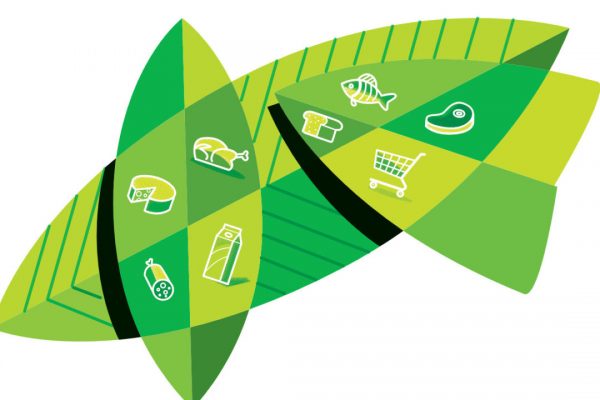
Plant-based drives interest from omnivores, flexitarians, vegetarians alike
“One of the key distinctions of today’s alternative protein market is the target consumer has changed,” said Emma Ignaszewski, corporate engagement project manager for Washington DC-based The Good Food Institute (GFI). “Vegans and vegetarians make up a very small percentage of the population here in the US — about 5% — and instead of targeting only those consumers companies are targeting a larger group of omnivore consumers.”
Read more here…
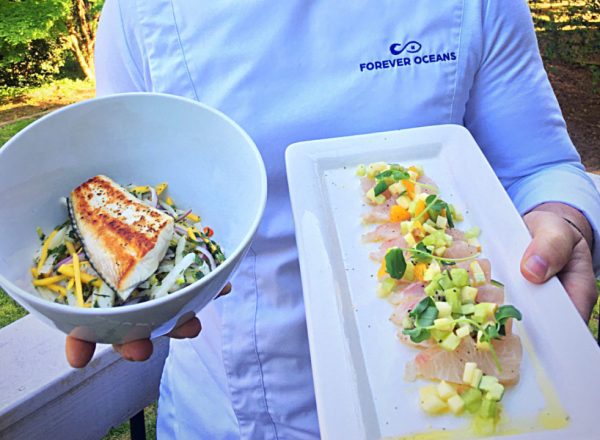
Meeting consumer expectations with sustainable seafood
KANSAS CITY — Consumer interest in seafood sustainability was on the rise before COVID. The pandemic only accelerated that growth, and with retail seafood sales soaring in the past year-plus, highlighting producers’ sustainability bona fides can yield great results on the bottom line.
With a 27% increase in fresh seafood sales in 2020, retailers have a real opportunity for maintaining growth in the category by sharing the stories behind the seafood that they sell, said Jason Heckathorn, CEO of Gainesville, Va.-based Forever Oceans.
For Forever Oceans, those stories begin with a focus on ease of preparation and the delicious flavors those preparations can provide for families, Heckathorn said. The story of the functional benefits of eating more seafood is another story. For instance, the company’s Kahala (a deep ocean-raised amberjack) has higher Omega 3 content than wild-caught salmon or tuna.
Read more here…
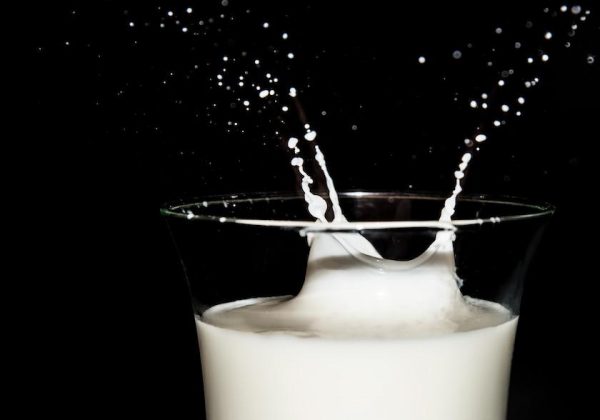
A2 Milk Demand Broadens Markets for Dairy Producers
In “A2A2: What’s in it for you?”, a recent episode of PDPW’s The Dairy Signal™, two dairy producers shared their experiences producing milk and cheese for the A2 market. The 60-minute segment also featured Dr. John Lucey, PhD, professor of food science at University of Wisconsin-Madison and director of Center for Dairy Research.
Dr. Lucey explained, “When we talk about A1 and A2 milk protein, we are talking about a difference in one of the amino acids in casein called beta-casein.” Noting that most dairy cattle breeds produce a mixture of A1 and A2 beta-casein, he said, “Most U.S.
Read more here…



